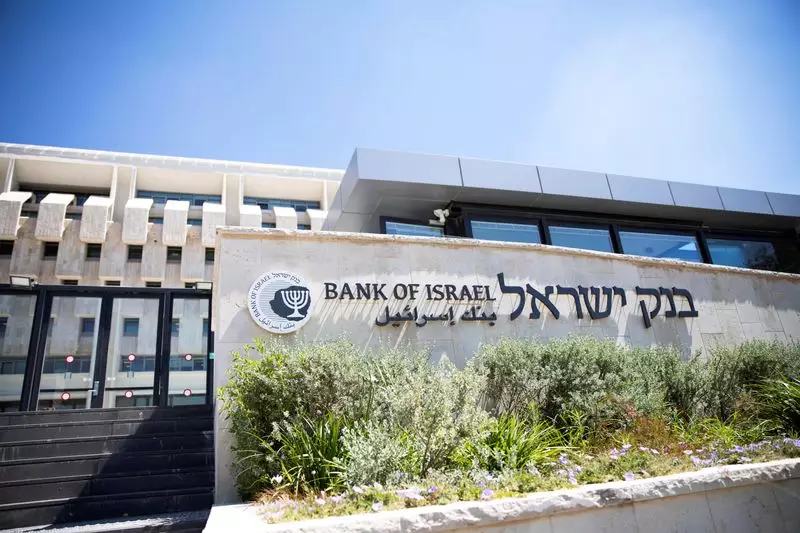The Bank of Israel is facing significant challenges in its monetary policy decisions due to a combination of factors, including the ongoing war in Gaza, persistent inflation, and a widening risk premium. While many economists expected a change in the benchmark interest rate, all 15 economists polled anticipate that the central bank will maintain its current rate at 4.5%. This decision reflects the complex economic environment that the Bank of Israel is navigating.
The war in Gaza, which began with an attack by Hamas on October 7th, has created high levels of geopolitical uncertainty. This uncertainty is also reflected in the risk premium measured in Israel’s government bond yield spreads. Ongoing conflicts and the threat of further violence, such as a potential war with Hezbollah on the Lebanese border, are keeping the risk premium elevated and impacting the stability of the Israeli economy.
Despite these challenges, the Israeli economy showed signs of rebounding in the first quarter of the year, with a notable annualized growth rate of 14.4%. This strong economic performance has led some to question the necessity of further monetary easing. Bank of Israel Governor Amir Yaron has emphasized the need to balance economic growth with inflation pressures and uncertainty caused by the war.
Looking ahead, analysts anticipate that the Bank of Israel will maintain its current interest rate until at least 2025. The central bank’s decision-making will be influenced by a range of factors, including inflation trends, geopolitical risks, and fiscal challenges. The upcoming announcement will provide updated macroeconomic estimates and offer insight into the bank’s future policy direction.
The Bank of Israel faces a complex economic landscape marked by uncertainty and challenges. The decision to hold the interest rate steady reflects a cautious approach to monetary policy in light of the current environment. As the situation evolves, the central bank will need to carefully navigate the competing priorities of economic growth, inflation management, and geopolitical stability.

